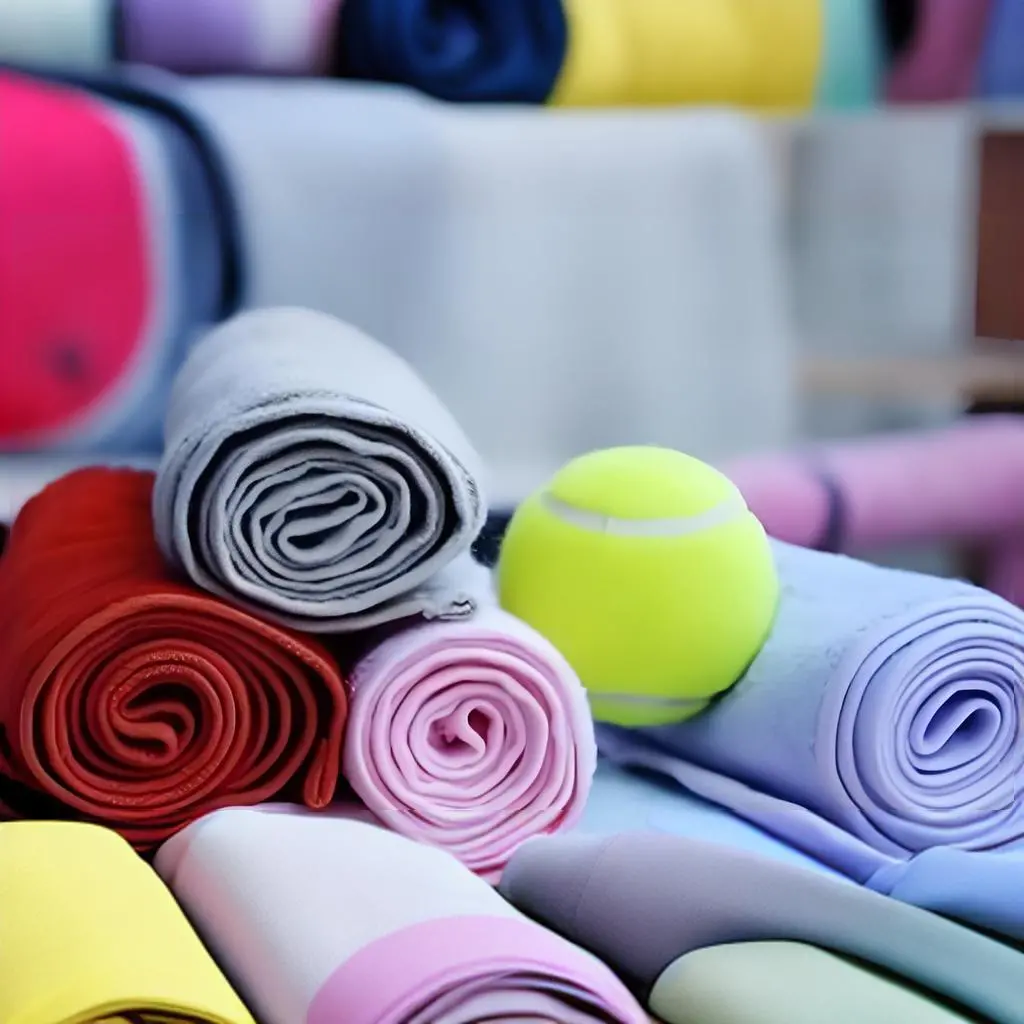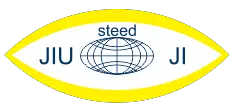Textile industry

Good adhesive strength:
Hot melt adhesive has excellent bonding properties and can tightly adhere to various fabrics and accessories, achieving rapid bonding and improving production efficiency.
Excellent softness:
Hot melt adhesive has good flexibility and can adapt to the bonding needs of different materials, effectively solving the gap problem between materials.
Waterproof to washing/dry cleaning:
Hot melt adhesive has excellent water resistance and dry cleaning performance, and can maintain good bonding effect after multiple washings.
High temperature steam resistance:
Due to the fact that most fabrics undergo steam treatment during the shaping process, it is required that the adhesive has high-temperature steam resistance properties. The softening point of hot melt adhesive is required to be higher than 115 ℃, with appropriate crystallinity to improve the thermal stability of the adhesive.
Environmentally friendly and non-toxic:
Some types of hot melt adhesive, such as TPU hot melt adhesive film, are non-toxic and environmentally friendly, comply with relevant environmental standards at home and abroad, have no irritation to the skin, and are harmless to the human body.
Here are some specific application scenarios:
Fabric bonding: Hot melt adhesive can replace sewing, greatly reducing the labor intensity of garment making, while producing fine, well fitting, and sturdy clothing. It is mainly used for bonding non-woven fabrics, carpet seams, fabric linings, zippers, etc.
Interlining processing: Adhesive lining is made by uniformly coating hot melt adhesive on the surface of the fabric. When in use, cut the adhesive lining into the desired shape and size, and heat press the side coated with hot melt adhesive to the back of other fabric materials (fabrics) for bonding. This simplifies the garment processing technology and time, making the garment lightweight, beautiful, comfortable, shape preserving, washable, durable and other effects.
Repair and maintenance: Hot melt adhesive can also be used for repairing and maintaining textiles, quickly repairing damaged or worn parts and extending the service life of textiles.
Previous: Automotive industry
Next: medical device industry


